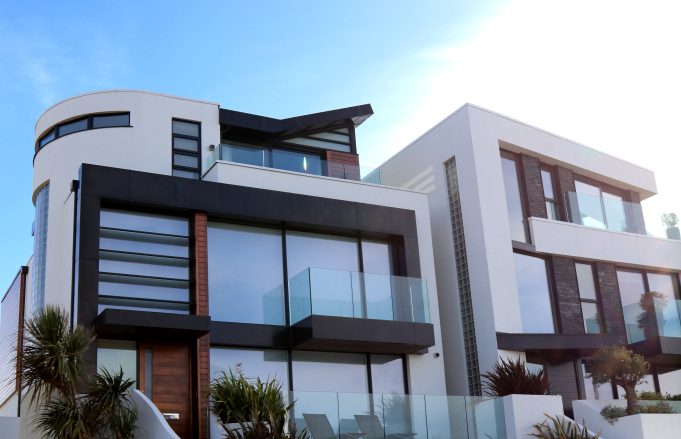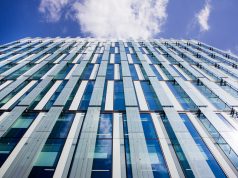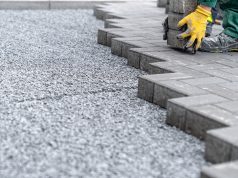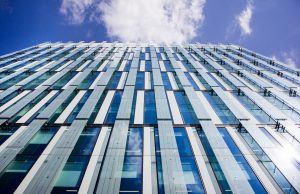Every entrepreneur is searching for the most efficient ways to run the business hassle-free and lead the niche it makes a specialty out of. The implementation of new technologies is one of the best variants for construction market players. It goes without saying that the building sector is one of the most ever-changing ones. The construction industry attracts more and more new-gen tech solutions to simplify the tasks of today’s contractors and regular workers on the site.
It is difficult to list all the innovative approaches in the building sector. But there is a range of ever-green and rather on-trend solutions that will stay actual in 2023, in 5 years, and even in decades. Among them are building pricing software, BIM digital tools, 3D printing, robotics, and many more. Let’s take a closer look at the most in-demand technological trends that are running the construction sector now and are going to develop this industry further.
Top 3 Construction Tech Solutions That Are Going to Stay On-Trend in 2023
The construction sector does not forgive contractors who have no reason to invest in innovations. Digital transformations are required for your progress and standing regular returns. While having implemented some tech solutions now, you can count on benefits in the near future with the long-term workflow optimization properties.
1 – Pricing Software for Contractors
One of the most essential tasks of present-day contractors is to pick sides with the most suitable budget plan for this or that project. Quoting or pricing software will help your estimators to perform the most accurate reports. All the human-factor errors are left in the past with the huge scope of manual estimating work and endless calculations.
Additionally, the contractor presents the most reasonable costs for the required building services. This way the bid becomes absolutely competitive and attractive for many clients. The customer who undertakes the tender is more likely to pay attention to your budget plan and offers if all the data entries are accurate and generated automatically via the estimating, bidding, and pricing software.
2 – Smart Infrastructure & Green Building
The conception of a smart city is still on-trend. More and more innovative solutions join the perfect picture of the digital-friendly, automated, and 100% safe residences in towns and cities worldwide. There are two approaches that will stay on-demand in 2023. These are smart infrastructure objects and green building techniques.
Speaking about these trendy solutions, it is worth mentioning the following aspects and interesting facts:
- The separate-standing smart geosystems allow round-the-clock structural monitoring. The main idea is that the system is equipped with powerful sensors. These tech units are used to provide immediate signals to react (something dangerous, open-close, full-empty, etc.).
- The smart city also transforms significantly with new tech solutions in the context of smart infrastructures like rock falls and mines for achieving maximal on-site structural integrity. Additionally, the exposure risks concerning the team of builders are reduced.
- Green building is about using eco-friendly building materials that can easily replace ones that are not suitable for a sustainable environment and ever-green future. Among the most 0n-trend supplies in the construction sector, today (and expected to stay among the top ones in 2023) are precast concrete slabs, bamboo, recycled plastic, reclaimed wood, and recycled steel.
Among other smart city and green building approaches are night-vision cameras for improved safety in the streets, laser sensors to detect high-speed drivers and prevent accidents on the road, planting more flowers, trees, and bushes while creating more green zones in the megapolis, etc.
3 – 5D Building Information Modeling
As can be seen, BIM systems progress year by year. A decade ago, the 3D modeling algorithms had a wow effect among representatives of the construction business. This is a procedure of developing a virtual variation of future real construction. And now, BIM systems provide 5D or even 6D models.
With this trend, the information used is very thorough. 5D Building Information Modeling algorithms allow a decrease in the number of defects due to human error and provide faster completion of projects.
Besides the above-mentioned construction technological trends, there are also other approaches that are easily combined with each other. For example, these are robotics, drones, 3D printing, 5D or 6D modeling, etc. Keep track of the trends in the building sector to stay the leader in the niche and perform well in the local markets.














